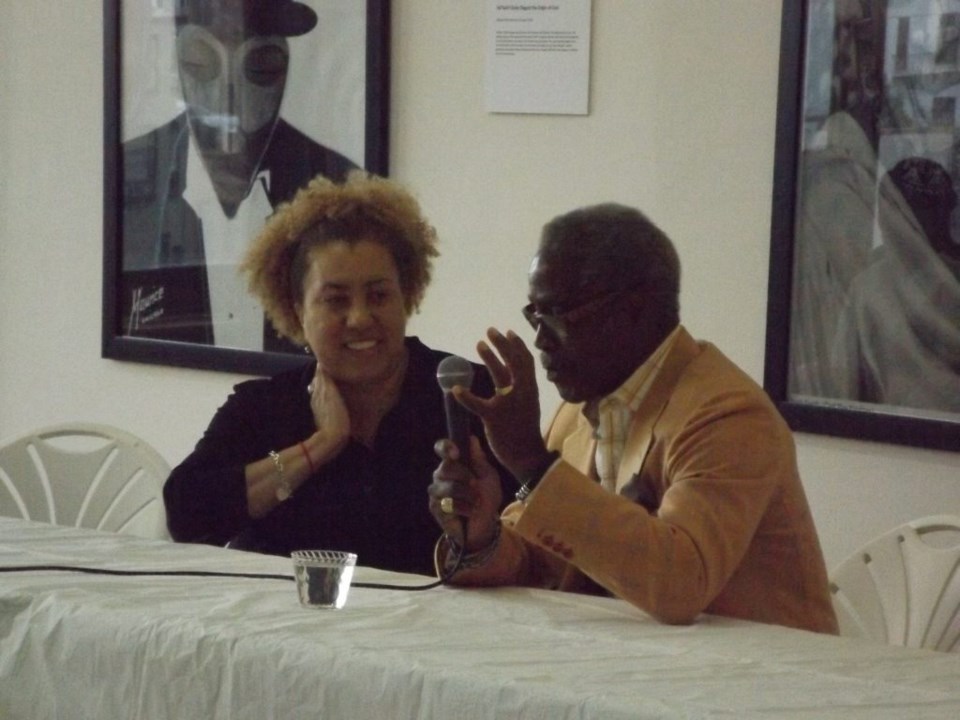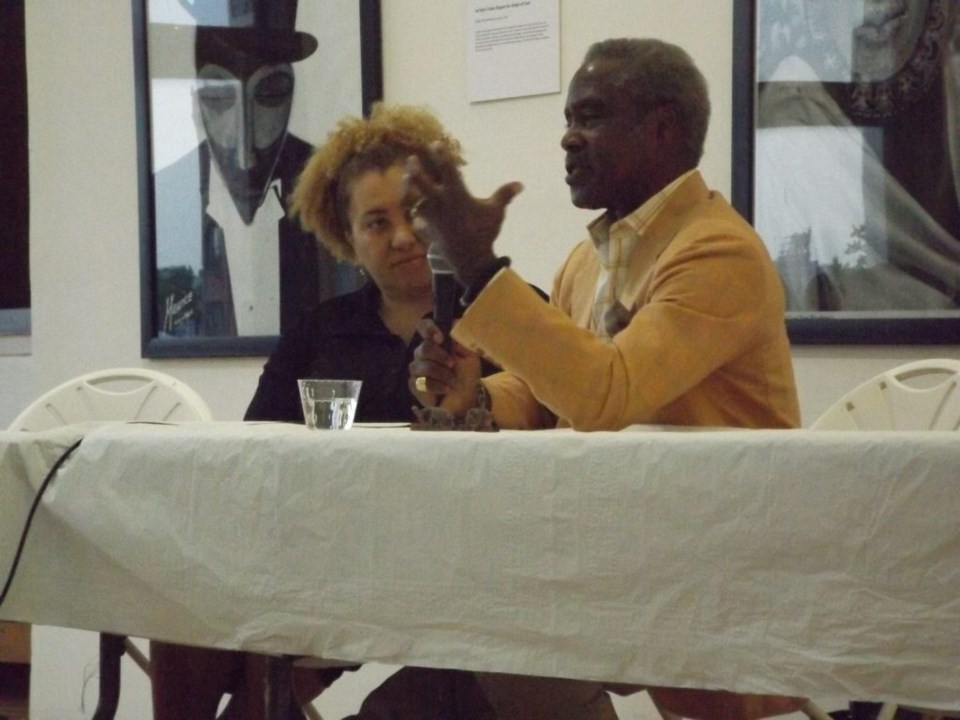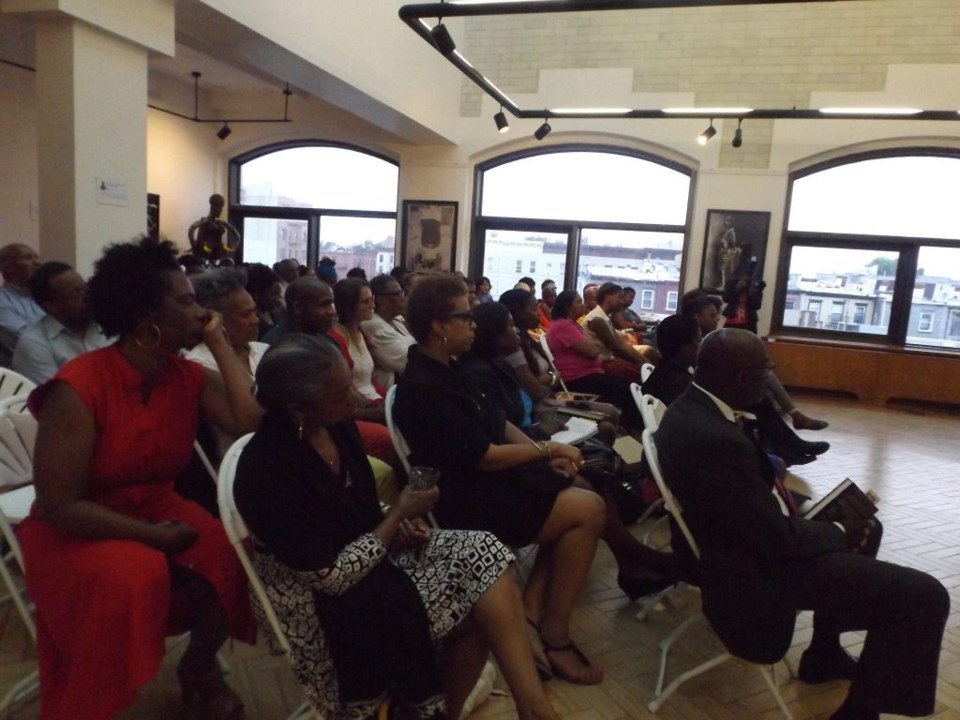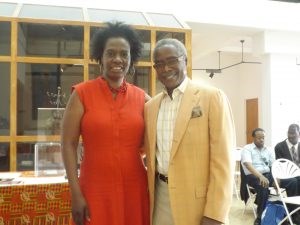
A lively energy filled the Skylight Gallery of Bedford Stuyvesant Restoration Plaza on Wednesday evening.
An intimate crowd had gathered at the Gallery to see Ed Lewis, former chairman and a co-founder of Essence Magazine, at the signing of his new book, "The Man from Essence: Creating a Magazine for Black Women," Ed Lewis's take on the history of Essence Magazine.
The first issue of Essence was published in May 1970, and now it has grown to more than one million subscribers. In 2005, Lewis accepted Time, Inc's offer to buy Essence Magazine. Lewis has also founded Latina Magazine.
The event was hosted by Greenlight Bookstore. And with Lewis's new book pre-labeled as "juicy" by the evening's moderator and former Essence editor, Monique Greenwood, many wondered what else the co-founder of Essence would have to share.

It turns out that in his hour-long conversation with Greenwood, Lewis-- nicknamed "the man of few words"-- would have a lot to say. Prompted by Greenwood's unscripted questions, Lewis gave the audience an intimate view of the man behind the magazine.
He described his childhood and how women such as his grandmother first led to his appreciation of black women. He spoke about the Essence magazine's humble beginnings; how five, not four men were responsible for the creation of the magazine; and how they almost named the magazine Sapphire, as a way of reclaiming the derogatory term.
Lewis skirted no question: He made a point to justify his decision to sell Essence to Time, Inc., still a controversial decision nearly ten years later. "I realized that Time, Inc. had enormous resources, expected to be the largest publishing company in the world, and I was thinking to myself
knowing that the cost pressures of paper, printing, and people were going to continue to be there."
Lewis wanted to secure that Essence would continue to do well in the changing industry of publication. In fact, 17 black women became very wealthy due to the sale of Essence, Lewis noted.

In discussing what he's doing with his time these days, Lewis talked about his involvement with Latina Magazine. And he still holds Essence in very high regard, urging the audience to go down to New Orleans for Essence's annual Music Festival.
As for his hopes for the future of Essence, Lewis dreams of Essence one day being filled with ads just like Vogue and Harper's Bazaar. He remembers the struggles of getting advertisers for Essence, specifically pointing to the nineteen years it took to get Estee Lauder to put an ad in the magazine. Ultimately, Lewis hopes that more magazines follow in Essence's footsteps:
"People ask me 'Are you concerned about other magazines?' Lewis answered, "The more, the merrier!"



